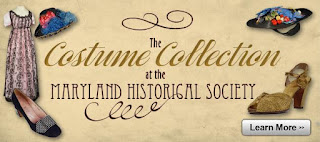However, you can access the first link of the page, NM history and historical photos without a password.
Collections from the Palace of the Governors Photo Archives
- The Palace of the Governors Photo Archives contains an estimated 1,000,000 items including historic photographic prints, cased photographs, glass plate negatives, film negatives, stereographs, photo postcards, panoramas, color transparencies, and lantern slides. This important collection includes material of regional and national significance, dating from approximately 1850 to the present, covering subject matter that focuses on the history and people of New Mexico and the expansion of the West; anthropology, archaeology, and ethnology of Hispanic and Native American cultures; and smaller collections documenting Europe, Latin America, the Far East, Oceana, and the Middle East.
Enjoy your research!
